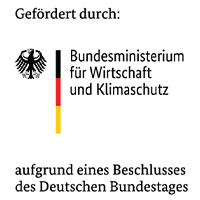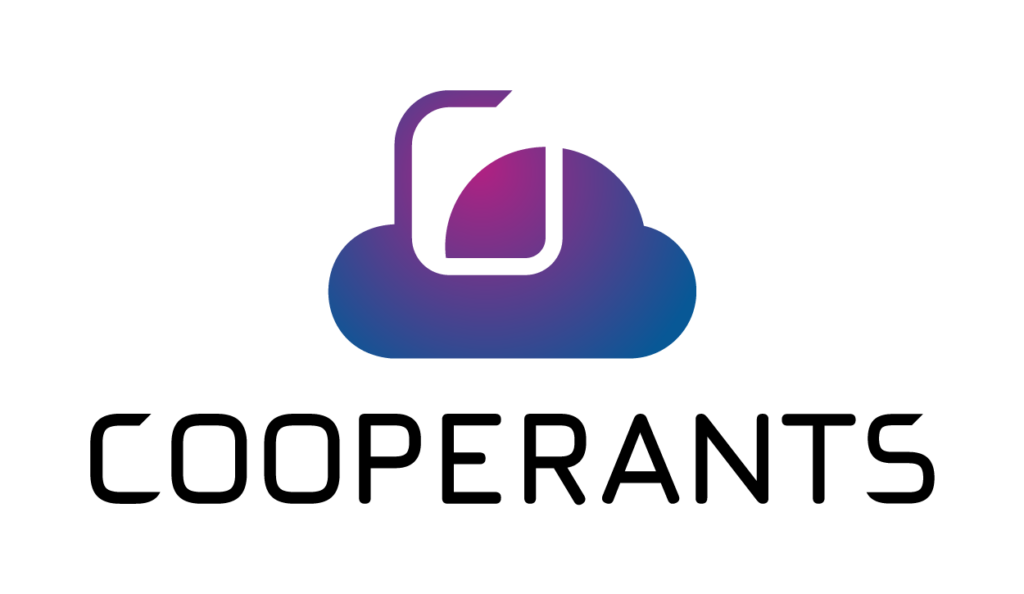The development of space systems is a complex process that generates numerous artifacts. The term “artifacts” here refers to any documents, data, and information produced during the development process of a space system. In this context, artifacts can include technical drawings, specifications, reports, logs, and other records. The relationships between these artifacts, especially across domains and project phases, are often difficult for an individual to grasp. As the design depth increases, so does the variety of domain-specific tools, which limits accessibility to the information and requires domain experts to process it.
This is where Engineering Dashboards come into play. As data analysis and visualization tools, they are designed to process data from various sources and present it to the human user. This aims to reduce the effort required for manual information preparation and promote transparency within a project team. The focus is on abstracting the information to a comprehensive level. In particular, KPIs (Key Performance Indicators) and overviews are presented to obtain the status and corresponding progress information and to understand the relationships. Detailed examination and processing of the data remain within the domain-specific tools.
Dashboards are already successfully used in the field of data visualization in various applications to provide information from a user-centered perspective. However, in the field of space system development, we are only at the beginning of data virtualization, which is a fundamental prerequisite for data mining. The use of dashboards in business intelligence or software projects is already popular and extensively researched. This leverages the naturally high degree of digitization in these industries and their development artifacts. With the ongoing digitization in space system development, these existing approaches can and should be transferred.
The Smart Service Engineering Dashboards provide a rudimentary configurable data visualization tool with basic functions, which can display data from various sources and thus make it accessible independently of tools across process landscapes and tools. This significantly facilitates collaboration between project participants. Data providers save implementation effort for data visualization and only need to take care of the interface to the visualization tool.
The Engineering Dashboards are available to the federation as a free service. They are developed as open-source and can be expanded by the community as needed. This allows for the addition of more interfaces to integrate data sources that are not compatible with the current API. Additionally, further visualization elements and functionalities can be added to expand the application spectrum.




